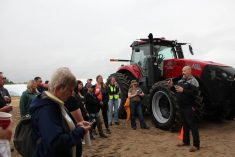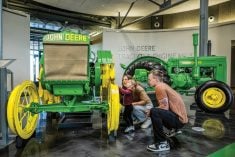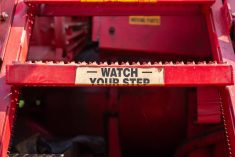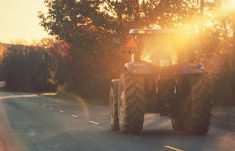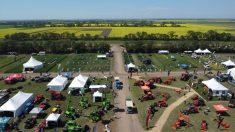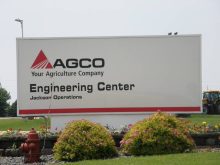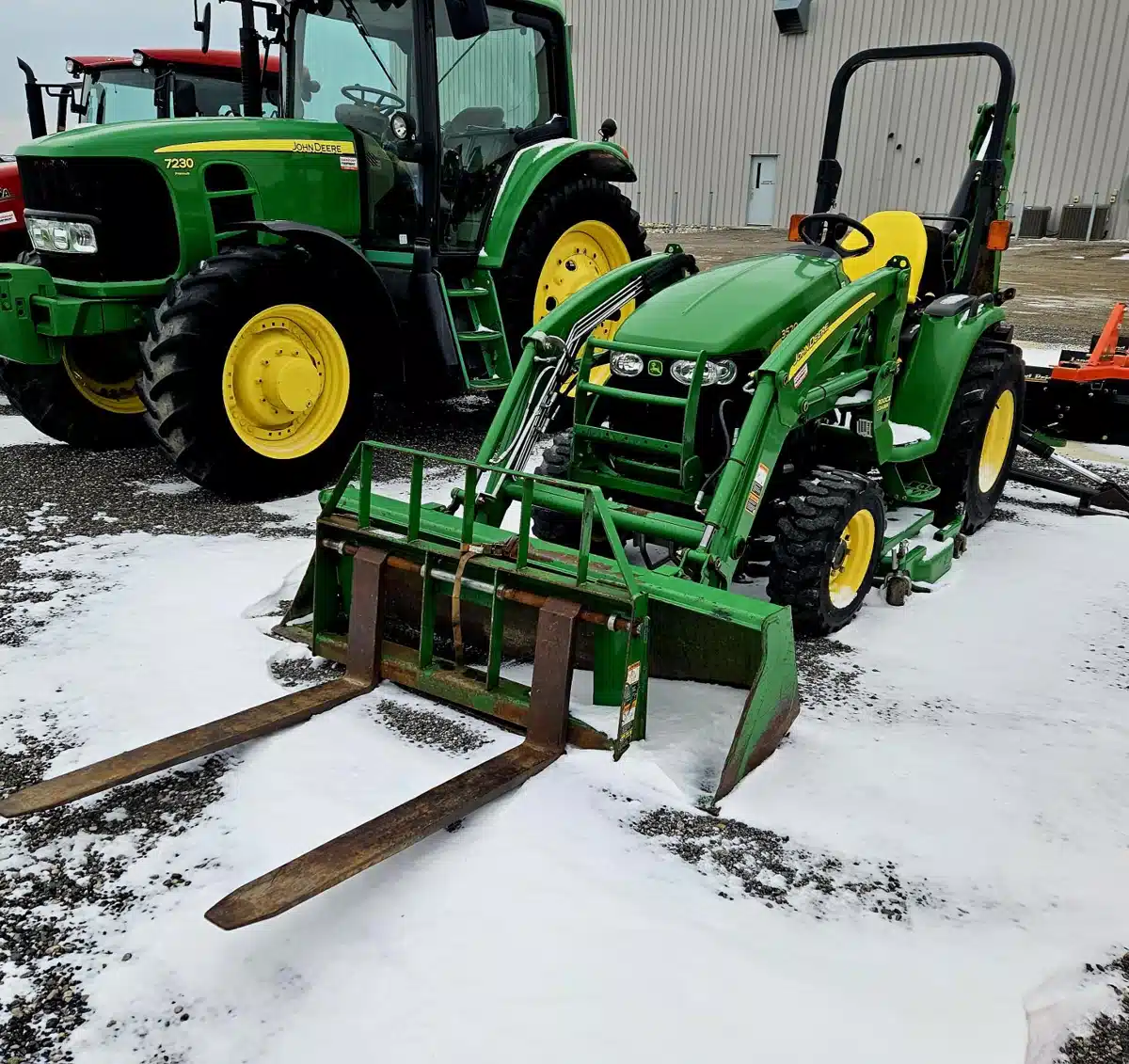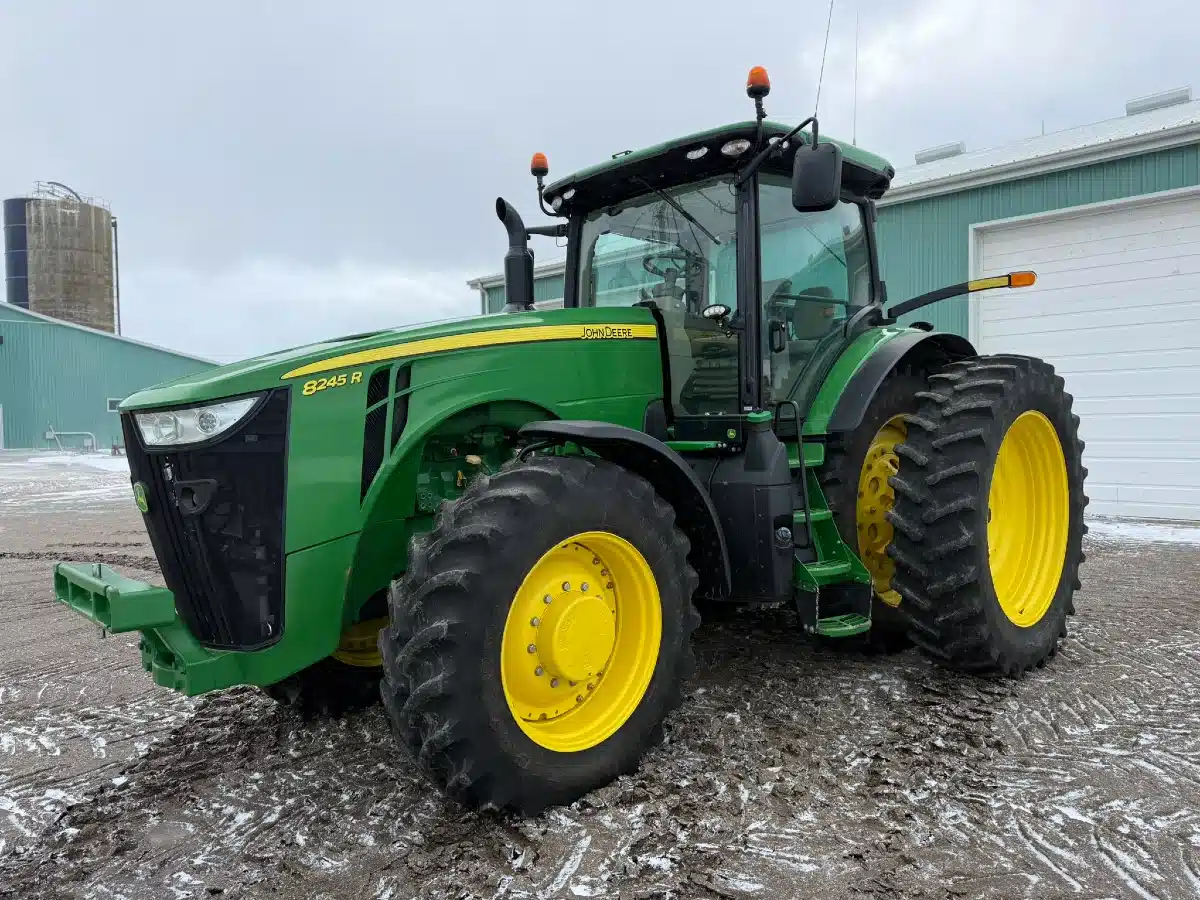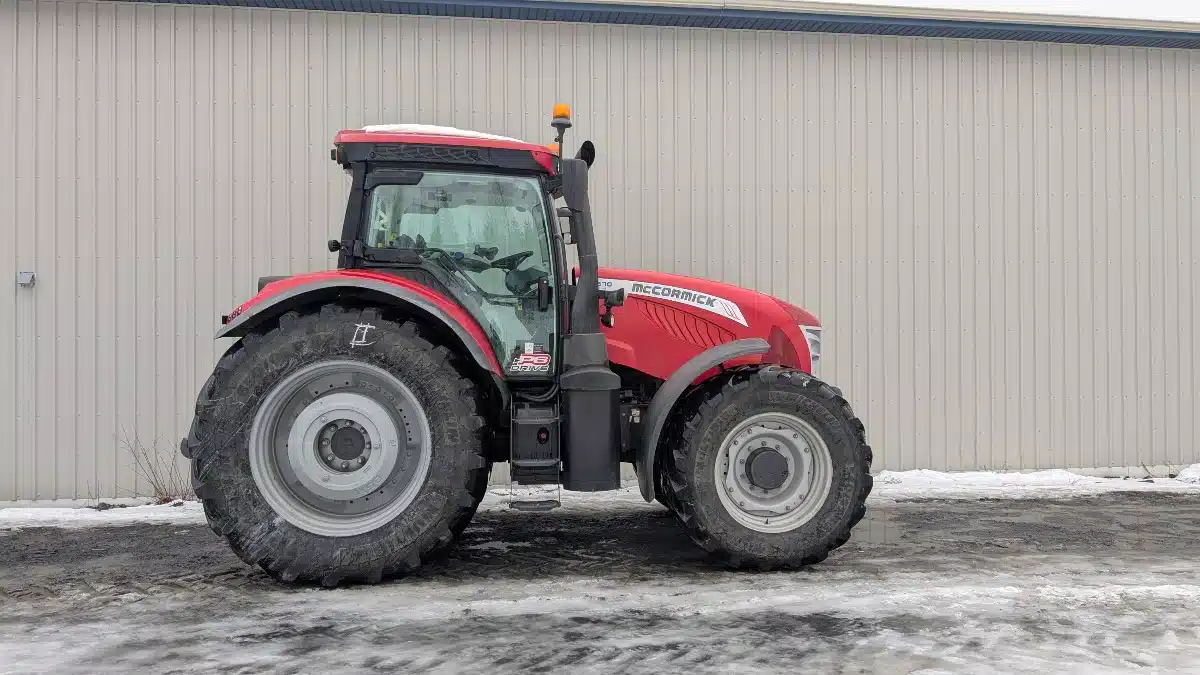In late 1978 I bought a new Ford 4×4 pickup truck. The sticker price was under $10,000 and my job at the time was paying me around $25,000 a year. That meant the truck, at about a third of my annual income, was pretty affordable.
Using the Bank of Canada’s inflation calculator, that truck would cost somewhere under $42,000 today, causing even that modest price tag to take a much bigger bite out of the average Canadian’s annual income than it did back then. So it’s much less affordable now.
Can you even buy a new pickup for an equivalent amount today?
Read Also

Claas brings 1000 Series SP forage harvesters to Canada
In mid-August, Claas unveiled its new line of Jaguar forage harvesters at an event in Visalia, California, deep in the heart of that state’s dairy region.
Nope.
The build and price feature on Ford’s Canadian website puts the base price for the lowest 4×4 model, the XL at $54,800. Move up the trim levels and base prices can top $100,000 — more than double the equivalent cost of that old truck. Of course purchase prices were pushed up by COVID and a number of resulting supply chain problems over the past three years. But those troubles are mostly over now. However, the price increases manufacturers claimed were due to those input cost increases haven’t tumbled back down by much, if at all.
Ford’s CFO John Lawler recently told the Detroit Free Press the brand intended to bring down new vehicle price tags for 2024. He wants to put monthly payments back in line with the percentage of buyers’ disposable income it took to buy one in 2019, around 13.5 per cent.
Ag equipment prices have soared recently, too, and for similar reasons. But none of the major brands have given any indication they intend to follow Ford’s lead and bring their prices back down — in fact, quite the opposite.
As an example, while speaking to financial analysts at a corporate presentation early in 2023, CNH Industrial’s CEO Scott Wine said he sees the current level of ag equipment pricing continuing.
“…customers have responded with continued demand for our high-end product at prices offsetting increased production costs,” he said. “With confidence in the stickiness of our price increases, we expect to build on our margin gains by taking more costs out of our system.”

Agco CEO Eric Hansotia revealed in 2023 that brand will keep its sticker prices where they are and return to more traditional future annual increases now that production is getting back to normal.
John Deere has publicly declared it is working to increase its profit margins through a variety of initiatives. And so far it hasn’t given any indication it intends to back off on pricing either.
Nevertheless, producers seem to be quite willing to pull out their chequebooks despite the increased prices. The Association of Equipment Manufacturers reports Canadian sales of tractors above 100 horsepower took a 37.4 per cent jump in October compared to the same month in 2022. Overall, tractors in this category saw a four per cent increase in sales volumes for the full year to the end of October.
But that was small potatoes compared to the 141 per cent jump in four-wheel drive tractor sales in October, compared to the same month in 2022. Overall, four-wheel drive tractor sales were up 38 per cent for the year at the end of October.
Combine sales have jumped 7.2 per cent for the year as well. So Wine’s observation that farmers are willing to cough up for new machines at current prices seems to be correct. That may be due in large part to the increased age of equipment in the national farm fleet, which jumped up over the past couple of years. That was because new machinery production was choked down due to production shortfalls and some willing buyers couldn’t get new equipment at any price.
READ MORE: No end in sight for soaring equipment costs
“Unfortunately there were disruptions in production and that affected used equipment too, just because there was a little bit less equipment to go around,” Darren Bond, a farm management specialist at Manitoba Agriculture, said during a cost-of-production web presentation in November.”
So just how much more are producers paying for new ag equipment now? Manitoba Agriculture just updated its 2024-2025 Cost of Production, Farm Machinery Guide and the numbers are a little jaw-dropping. That provincial government department surveys average new equipment costs every two years and compares them to provide a summary of cost increases.
“This guide is updated every two years, and it’s quite a large undertaking,” said Bond. “We have over 200 pieces of equipment in there. We take this very seriously and we want to put a lot of confidence into this guide. These aren’t annual increases, these are over the last two years.”

Medium (160 to 224 horsepower) MFWD tractor prices have increased 35 per cent; large four-wheel drives (550+ horsepower), up 28 per cent; Class 9 combines, up 27 per cent; high-clearance sprayers, up 31 per cent; and air drills, up 62 per cent.
“We’ve seen some pretty significant changes,” he said. “I’ve been at this for quite a few years now, and generally speaking we see two to five per cent increases per year. So that would be a four to 10 per cent increase over the two-year span between when we do guides. So obviously we’ve eclipsed this.
“The other surprise was the air drill category. I wouldn’t say this is solely due to the price going up. I would say it’s due in large part to how we’ve priced these drills to be reflective of what’s going on. Mainly, I’m going to point to the air tanks and how big they’ve gotten. Now we’re seeing air tanks well over 1,000 bushels. Not only have drill prices gone up, obviously, but we’re getting these carts to be so much bigger.”
So the increased specifications demanded by buyers have helped push up air drill costs, partially accounting for that spike.
With the take-it-home-today price of a range-topping four-wheel drive tractor or Class 10 combine exceeding $1 million, producers today need to spend a lot more time with a pencil and calculator before deciding to call up the salesman at their favourite dealership.
Manitoba Agriculture has an online tool that can help with that decision-making process.
Its online calculator is designed to help make an accurate cost analysis for those considering an equipment purchase. The costs can be broken down on a per-acre basis.
“We need to get the use out of this equipment to justify these costs,” said Bond. “Especially with these numbers getting to be so large. If we’re not using the equipment, it gets to be very expensive to own it for limited hours of use.
“You really need to use your own numbers to know where your costs lie. This guide and the calculator is a framework for determining your own numbers with your own pieces of equipment.”
But Bond cautions making a straight investment cost comparison may not be an adequate analysis — just like comparing my 1978 F-150 to a 2024 model doesn’t tell the whole story. My ’78 was about as fancy as I could get it, but that just meant enjoying a cloth bench seat instead of vinyl and an AM radio, forget about AC. Now, new trucks come with a host of features not even available — or imaginable — back then.
While the ’78 could provide basic transportation just like a 2024, older air drills, too, will put seed in the ground just like a new drill will. But the other benefits and features a new model offers that those older drills don’t also need to be considered in a total cost of operation and benefits picture.
‘If we can apply fertilizer in a single pass and eliminate a second pass or need to broadcast fertilizer, or eliminate a tillage pass, we can use the extra cost of what we’ve invested in that drill to drive down overall cost of production, because we’re using that (new) drill to its full capabilities,” Bond explains as an example. “But if we don’t, then it gets to be very expensive to carry the cost of that investment and the technology without using it.”
So that second cost-benefit analysis consideration comes down to what can the new machine do that the old one can’t. Depending on a farm’s particular needs and operation, though, older machines may still be the way to go. If those fancy new features don’t provide enough of a payback, the machine may not be worth the investment cost.
“There still is an argument to be made for good, used older equipment that still has some capabilities and obviously a lot lower sticker shock,” Bond says.
Investing in a higher level of technology needs to make sense financially. Can a new machine reduce overall production costs, increase yields or both? That’s where the new precision ag technologies come into play.
“My caution with precision ag is there needs to be a return on it,” he continues. “It’s easy to determine the cost, but how do we determine the benefit? Often, that’s the challenge. There’s more technology and more capacity on this newer equipment.”
Using new precision equipment can allow for reducing input costs, such as with the targeted field spraying technology that’s being introduced, for example. But cutting inputs due to more precision application capabilities of new machines or making wholesale changes in production practices across the board may make it hard to recognize a loss of production potential, because there are no unchanged ares to compare new techniques to.
“I think the biggest risk with this equipment is not producing as much,” he says. “And we don’t even know that’s happening. It’s interesting right now to see how we can take all this technology and turn it into profitability. It’s not always clear for all technologies, as of right now, to see how we can turn it into profitability, and that might just be a maturity thing. It might just take time for some of these technologies to reveal how we can use them and turn them into more profit.”
So considering the cost and potential of new precision equipment and what it has to offer can be a complex exercise.
“If I look at the cost of a new drill, it may be $35 an acre, and an old drill may cost only half that,” Bond says. “But $15 an acre is just one bushel of canola per acre. It doesn’t take very many bushels to justify the investment of a better technology to produce a better crop. The key is making the investment to produce a better crop, versus making the investment in technology and not seeing a return on it.”




